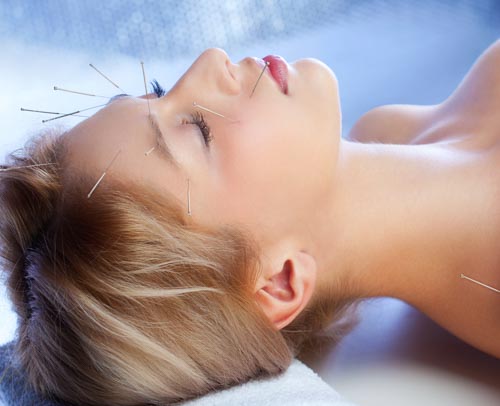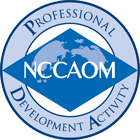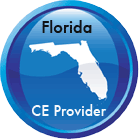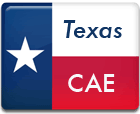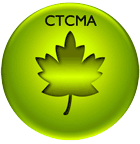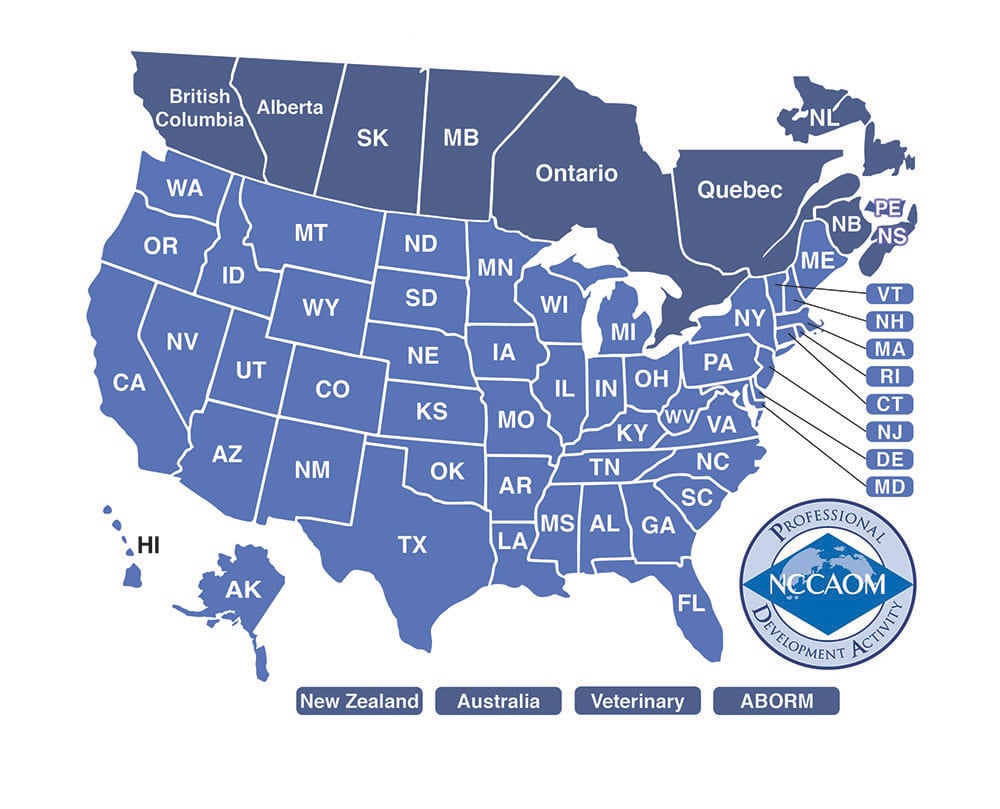Bell's Palsy Online Course
Sample of Course Materials
Samples of the materials:
Mechanisms and Treatment of Bell’s Palsy
Mechanism of Injury: Bell’s Palsy is an acute facial paralysis caused by inflammation of the seventh cranial nerve (facial nerve). This disorder is an idiopathic peripheral nervous system (PNS) impairment, and the prognosis is favorable. When facial paralysis occurs subsequent to a stroke, the central nervous system (CNS) is involved and the prognosis is less favorable. With Bell’s Palsy, recovery can occur in less than 6 months without treatment or sooner with acupuncture treatment. Most patients fully recover within a year although the condition can recur.
Cranial Nerve VII (Facial Nerve)
To better understand Bell’s Palsy, let’s first review the anatomy and physiology of the facial nerve. All cranial nerves are considered part of the PNS, while the brain and spinal cord comprise the CNS. The facial nerve originates from the brainstem. From the geniculate ganglion, it continues and enters the temporal bone via the internal auditory canal then travels through the bones of the fallopian canal and facial canal. It exits the cranium via the stylomastoid foramen. As the facial nerve travels its journey, it makes many sharp turns through openings measuring as small as .60 millimeters.
The facial nerve is a mixed cranial nerve with sensory, motor and parasympathetic portions. There are over 10,000 axons that comprise the facial nerve, and the majority of these serve somatic motor function. Facial expression is a primary function of the facial nerve.
Sensory axons of the facial nerve innervate the anterior 2/3 of the tongue where they arise from the taste buds and travel through the stylomastoid foramen to end in the pons. The sensory portion also include proprioceptors in the muscles of the face and scalp. When the sensory portion is affected, the following Bell’s Palsy symptoms will manifest:
• Distorted taste
• Hyperacusis (heightened sense of hearing)
• Pain
The somatic motor portion of the facial nerve innervates the stapedius, facial and neck muscles. Many of Bell’s Palsy symptoms manifest as somatic motor dysfunction, such as:
• Paresis
• Inability to close an eye or to move muscles of the mouth and jaw
• Drooping on one side (eye and/or mouth)
• Smoothing of folds or wrinkles in the face and forehead
The parasympathetic portion of the facial nerve innervate glands of the eyes, mouth and nose. These glands include the lacrimal, sublingual, submandibular, nasal, and palatine glands. Symptoms involving the parasympathetic portion of the nerve include excessive salivating and tearing. Based on these features, we can thus identify the facial nerve as a “face, ear, taste, tear” nerve:
- Face - innervates muscles of facial expression
- Ear - innervates the stapedius (smallest skeletal muscle)
- Taste - sensation to the anterior 2/3 of the tongue
- Tear - controls lacrimal glands through parasympathetic portion
Differentiation
Cranial Nerve Involvement
It is important to differentiate Bell’s Palsy from other facial diseases because it shares symptoms with a variety of disorders. First, let’s compare/contrast the facial nerve to cranial nerve V (trigeminal nerve), which also innervates the face. The trigeminal nerve provides sensory function to the skin of the face and anterior half of the head and motor function to the masseter, temporalis, and pterygoid muscles. From the trigeminal ganglion, it distally trifurcates into three branches: ophthalmic, maxillary, and mandibular nerves. Trigeminal neuralgia, a condition affecting cranial nerve V, will manifest as sensory symptoms such sharp, burning pain in the face.
Trigeminal Nerve
- Facial pain
- Numbness
- Sensory function skin, anterior head
- Posterior 1/3 of tongue
- Innervates Masseter, Temporal, Pterygoid
Facial Nerve
- Facial weakness
- Facial expression
- Motor and sensory function of face, head
- Anterior 2/3 of tongue
- Orbicularis Oris, Stapedius,Platysma
- Neck, mouth & nose muscles
Other conditions to consider involving cranial nerves include multiple cranial nerve disorders. Multiple cranial nerves may be affected by the same disease, in this case it is important to ascertain whether the lesion or cause lies outside or inside the brainstem and which portion of the brainstem is affected. Processes involving multiple cranial nerves outside the brainstem can include:
- Diabetes
- Trauma
- Guillain-Barre’s Syndrome
- Sarcoidosis
- Infectious and non-infectious causes of meningitis
- Enlarging saccular aneurysms
- Tumors
- Herpes zoster (also called Ramsey-Hunt Syndrome)
Ramsey-Hunt syndrome is an occurrence of herpes zoster affecting the geniculate ganglion. It manifests as severe facial palsy with vesicular eruptions in the pharynx, external auditory canal and other parts of the cranium. Ramsey Hunt also often involves cranial nerve VIII.
Cavernous sinus syndrome is a cranial nerve disease that’s potentially life-threatening. It manifests as facial and eye pain, orbital swelling, fever, and oculomotor neuropathy of cranial nerves III, IV, and VI as well as trigeminal neuropathy affecting the ophthalmic and maxillary portions of the trigeminal nerve.
More in actual course materials....
Here is a sample from another section of the course material...
From a TCM standpoint, facial paralysis can occur from invasion of external pathogenic factors, either Wind or Wind-Cold, or from internal wind. The TCM treatment may use some of the same acupuncture points for facial paralysis whether due to Bell’s Palsy (PNS) or sequelae to wind stroke (CNS), but overall the treatment plans will differ because the patterns are different in these two conditions. Paralysis from a wind stroke stems from to an internal disharmony (e.g., Liver Yang Rising, Internal Wind Stirring) while Bell’s Palsy arises from external pathogenic factors.
In the TCM mechanism for Bell‘s Palsy, over-exertion or emotional stress weakens the person’s Wei qi allowing Wind or Wind-Cold pathogen to invade the body. Swelling of the facial nerve blocks qi and xue flow to the Yang Channels of the head and face. The lack of blood flow and nourishment to the tendons and muscles of the face then results in tingling and numbness. The blockage of qi causes flaccidity.
Indications:
Unilateral facial paralysis or weakness beginning suddenly with a cold, numb feeling that gets worse within days; deviation of the eye and mouth or ipsi-lateral pulling of the face; jaw pain; numbness; tenderness; ear pain, headaches; loss of muscle tone; lacrimation; difficulty eating; hypersensitivity to sound; distortion of the sense of taste; inability to close an eye. There also may be cold or flu symptoms including a stiff neck. Because this disease is quite disfiguring, the patient can be in a state of distress.
Note: As acupuncturists, we should also be aware of synkinesis, a complication following Bell’s Palsy, in which the facial nerve regenerates abnormally, causing undesired and unsynchronized facial movements. The muscle patterns can be unpredictable and range in severity. In addition to unsynchronized and undesired movements, synkinesis can cause muscle spasms and tightness in the neck and cheeks. Electrical stimulation should not be used with synkinesis as this may increase spasms and tightening.
Tongue: Normal body color, thin white coat
Pulse: Floating, tight or soft (due to Wei qi deficiency)
Diagnosis:
External Wind or Wind-Cold Invasion, Blockage of Shaoyang and Yangming channels
Treatment Principle:
Release Wind-Cold
Promote Qi and Xue Circulation
Open the Meridians
Nourish Face
More in actual course material...
